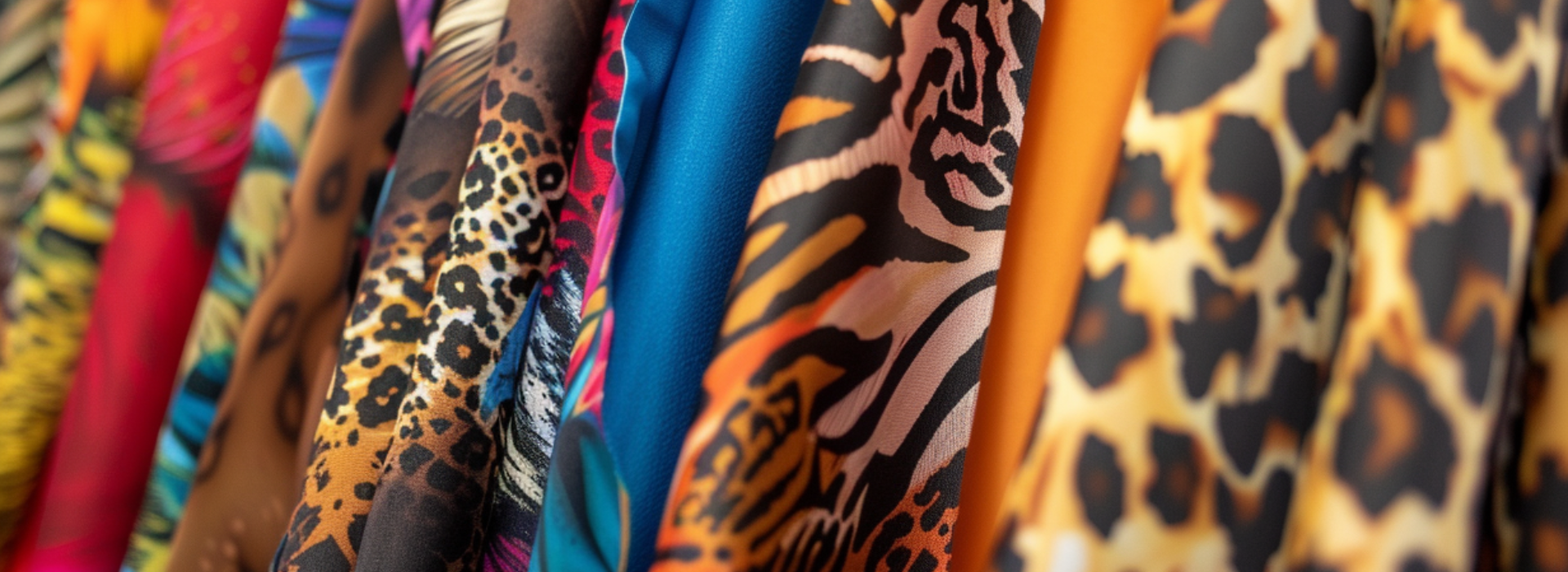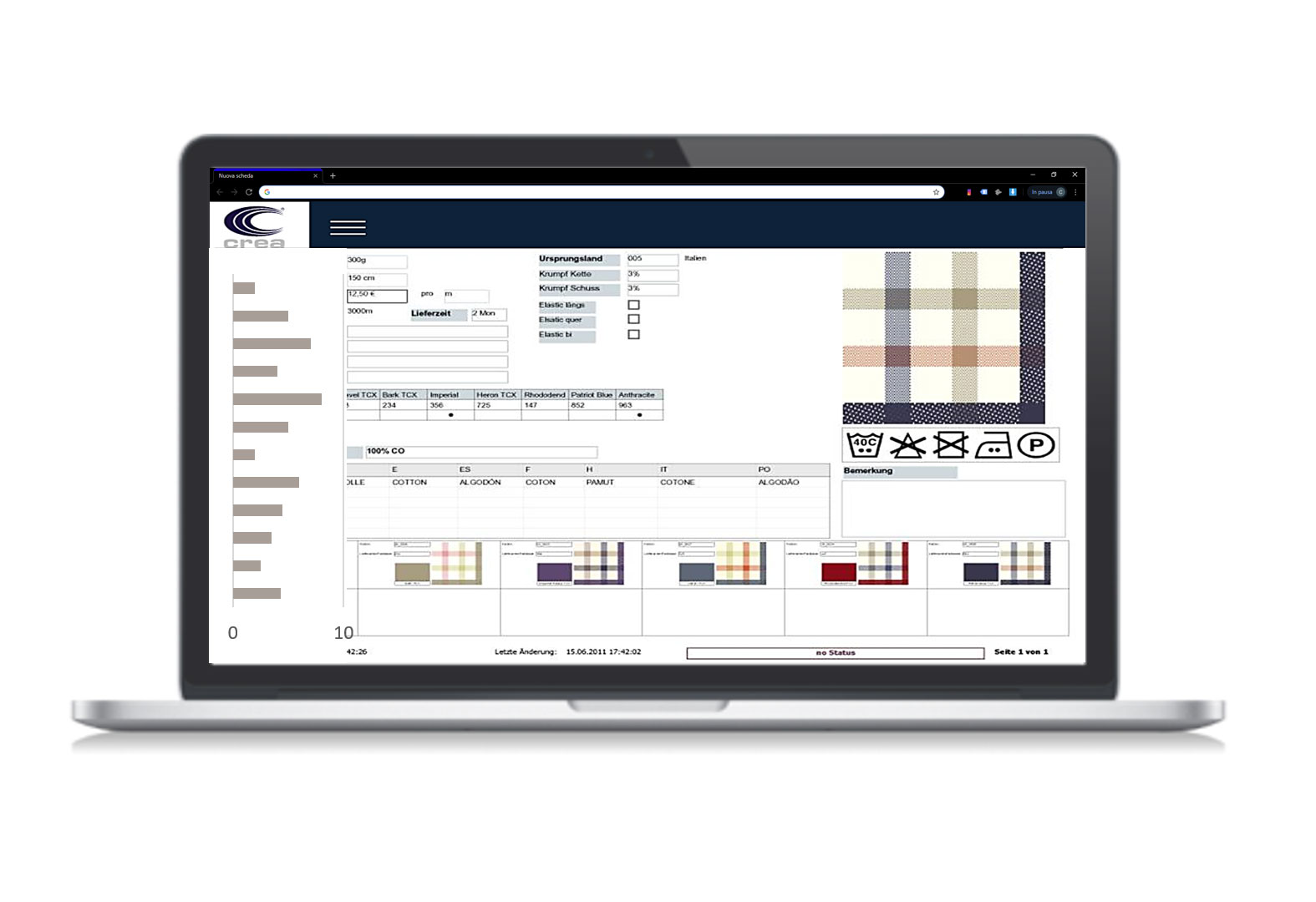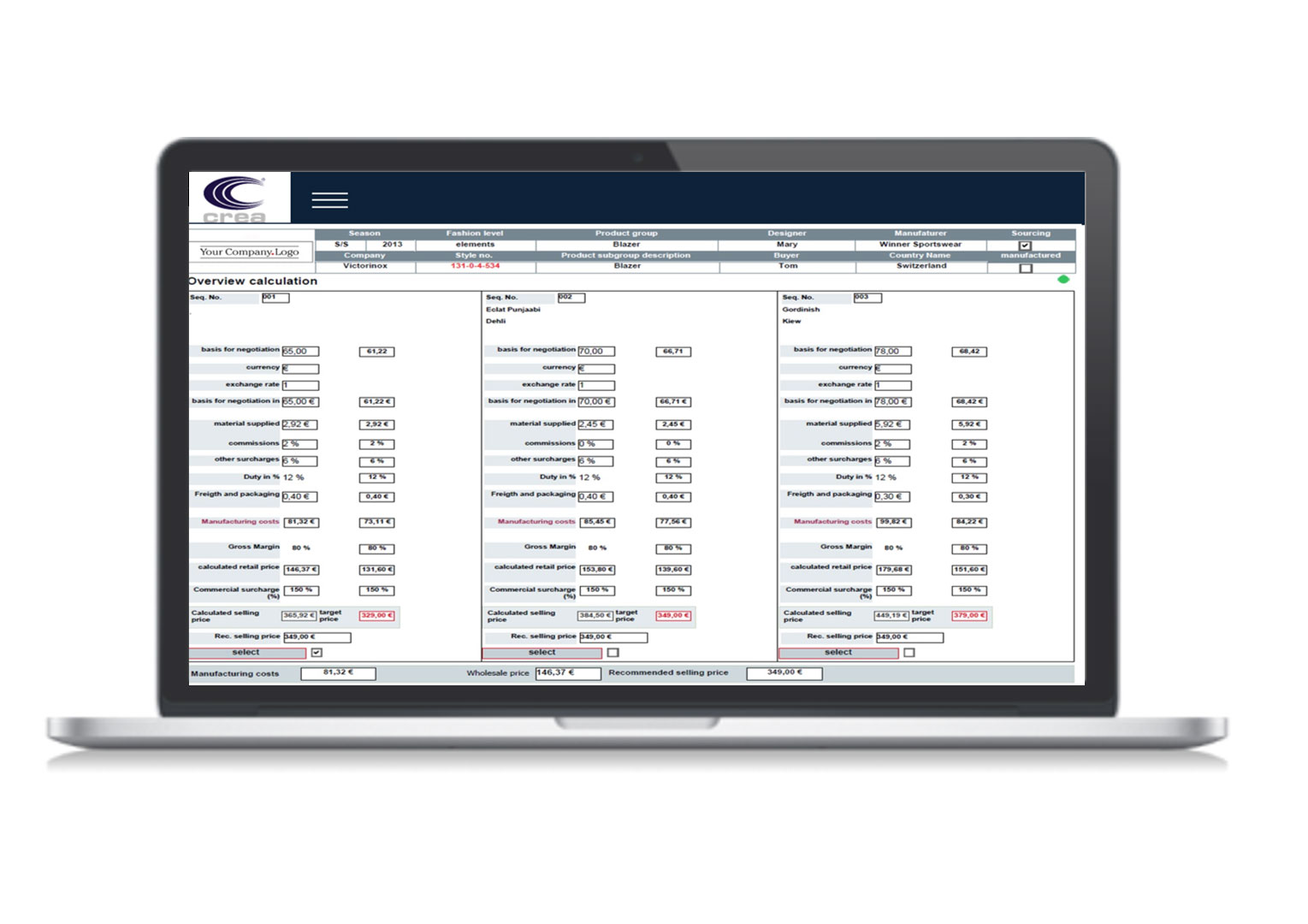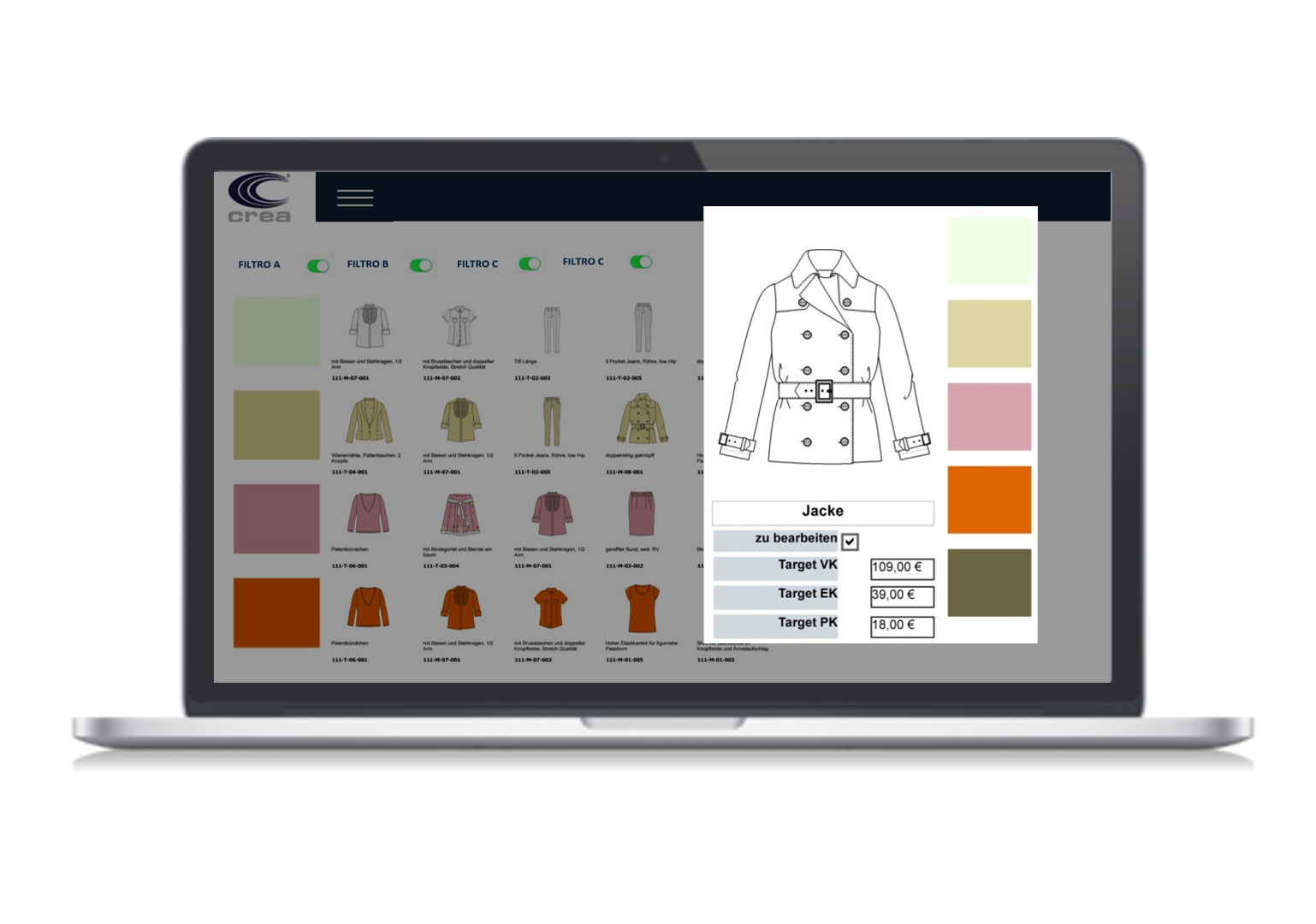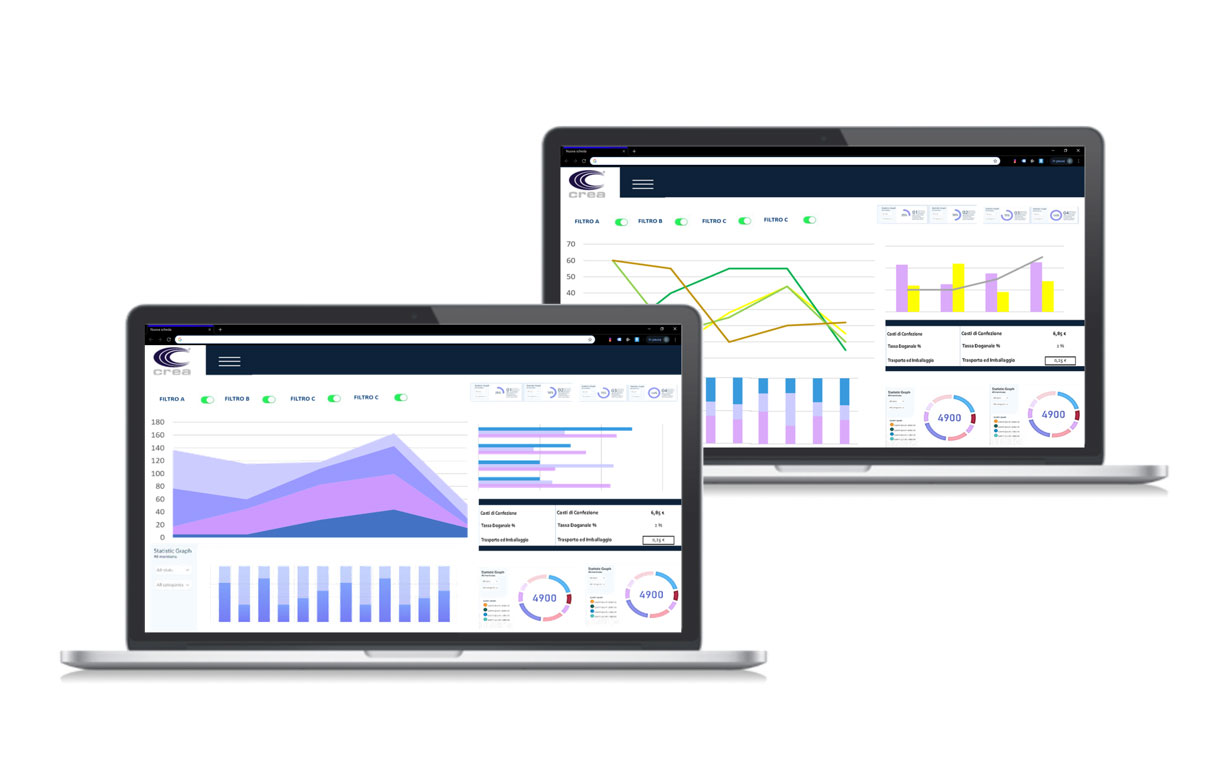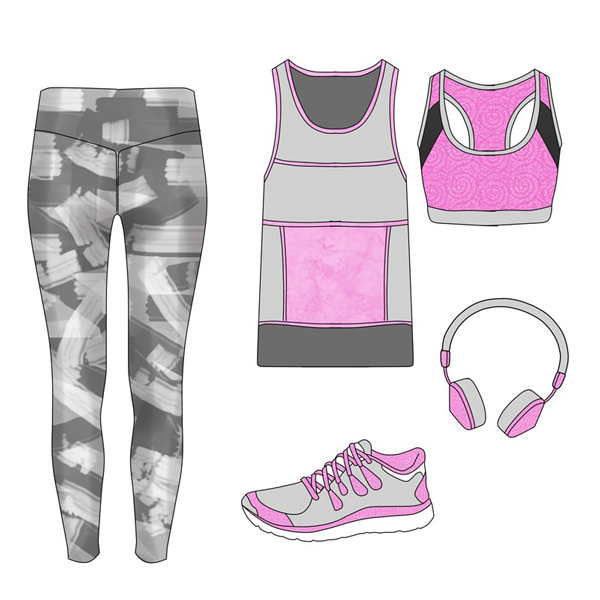Latest Trends in the Textile Industry
The textile industry is undergoing a major transformation, driven by innovation, sustainability, and economic evolution. New technologies, eco-friendly materials, and shifting consumer habits are reshaping the market. In this article, we will explore the key trends in the textile sector, from technological advancements to sustainability, as well as the economic challenges the industry faces.
Technological Innovations in the Textile Sector
Technological advancements are revolutionizing the textile industry, introducing increasingly advanced materials that enhance product functionality and quality. Among the most exciting innovations are smart fabrics, which can adapt to the surrounding environment using sensors that monitor temperature and humidity. This technology is particularly useful in sports and medical fields, where well-being and performance depend on body conditions.
Another major transformation involves antibacterial fibers, treated with innovative solutions to prevent bacterial growth. These textiles offer added value not only for everyday clothing but also for the healthcare sector, where hygiene is crucial. At the same time, water-repellent and stain-resistant fabrics are becoming more widespread, keeping garments cleaner for longer and reducing the need for frequent washing, which has a positive environmental impact.
One of the most groundbreaking innovations is 3D printing on textiles, a technology that opens new possibilities for customization and sustainability. This technique enables the creation of unique and original designs while minimizing material waste and optimizing production processes.
These advancements are changing the way garments are designed and used, pushing the textile industry toward a future where functionality and sustainability go hand in hand. Through research and development, the textile sector is responding to new market demands by offering innovative solutions that improve everyday life.
Trends in Textile Design
The textile sector is experiencing a significant transformation, as highlighted at Milan Design Week 2024, where new trends blending aesthetics, innovation, and sustainability emerged. Animal print patterns and watercolor-effect designs bring creativity to interiors, while outdoor fabrics combine durability with design. Artistic rugs are establishing themselves as true works of art, while the return to artisanal craftsmanship and the use of natural and recycled fibers reflect a growing focus on sustainability. Innovations such as sound-absorbing fabrics enhance living comfort, and printed carpets are making a comeback with modern patterns. Textile design is evolving, offering solutions that enhance quality, functionality, and environmental responsibility.
Sustainability and Circular Economy in the Textile Industry
The focus on sustainability in the textile industry continues to grow. Companies are increasingly investing in eco-friendly production processes, reducing environmental impact through the use of recycled materials and natural fibers.
Adopting a circular economy model is one of the key strategies for making the sector more sustainable. This system includes:
- Reusing and repairing garments to extend their lifespan.
- Recycling materials to reduce textile waste.
- Local production and waste reduction through minimalist designs.
Integrating resources from sectors such as agriculture and forestry helps create a more responsible and innovative textile industry.
The textile industry is undergoing profound changes, driven by new technologies, sustainability, and economic challenges. The adoption of innovative materials, commitment to eco-friendly fashion, and the ability to navigate economic difficulties will be crucial for the industry’s future. Investing in research, innovation, and sustainability is the key to ensuring strong and competitive growth in the coming years.





